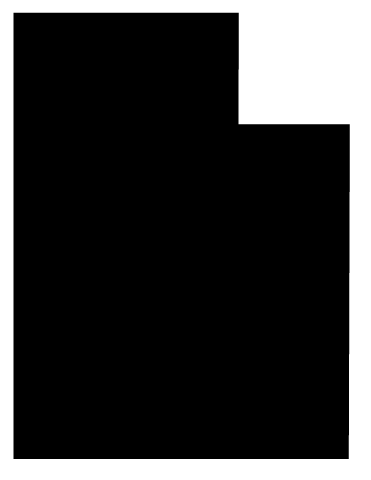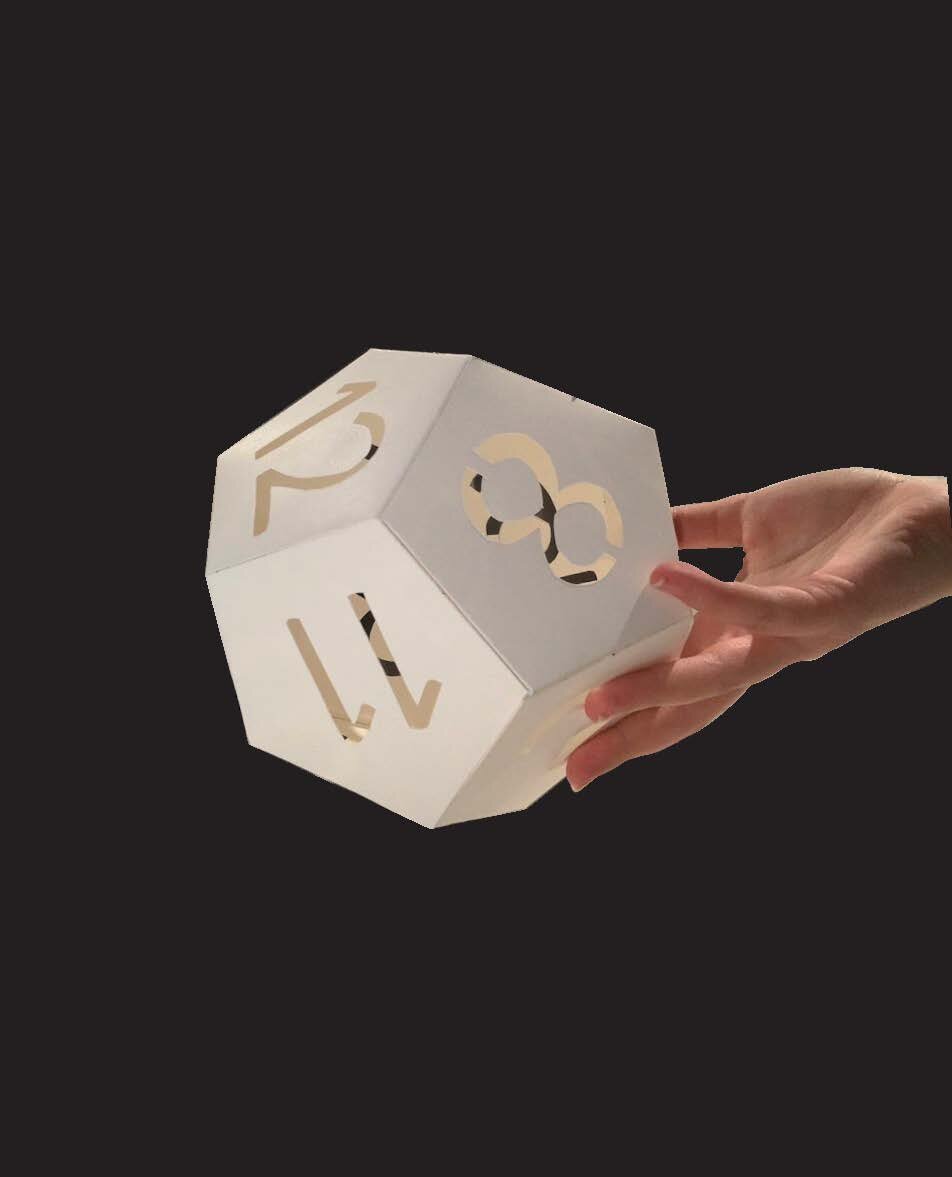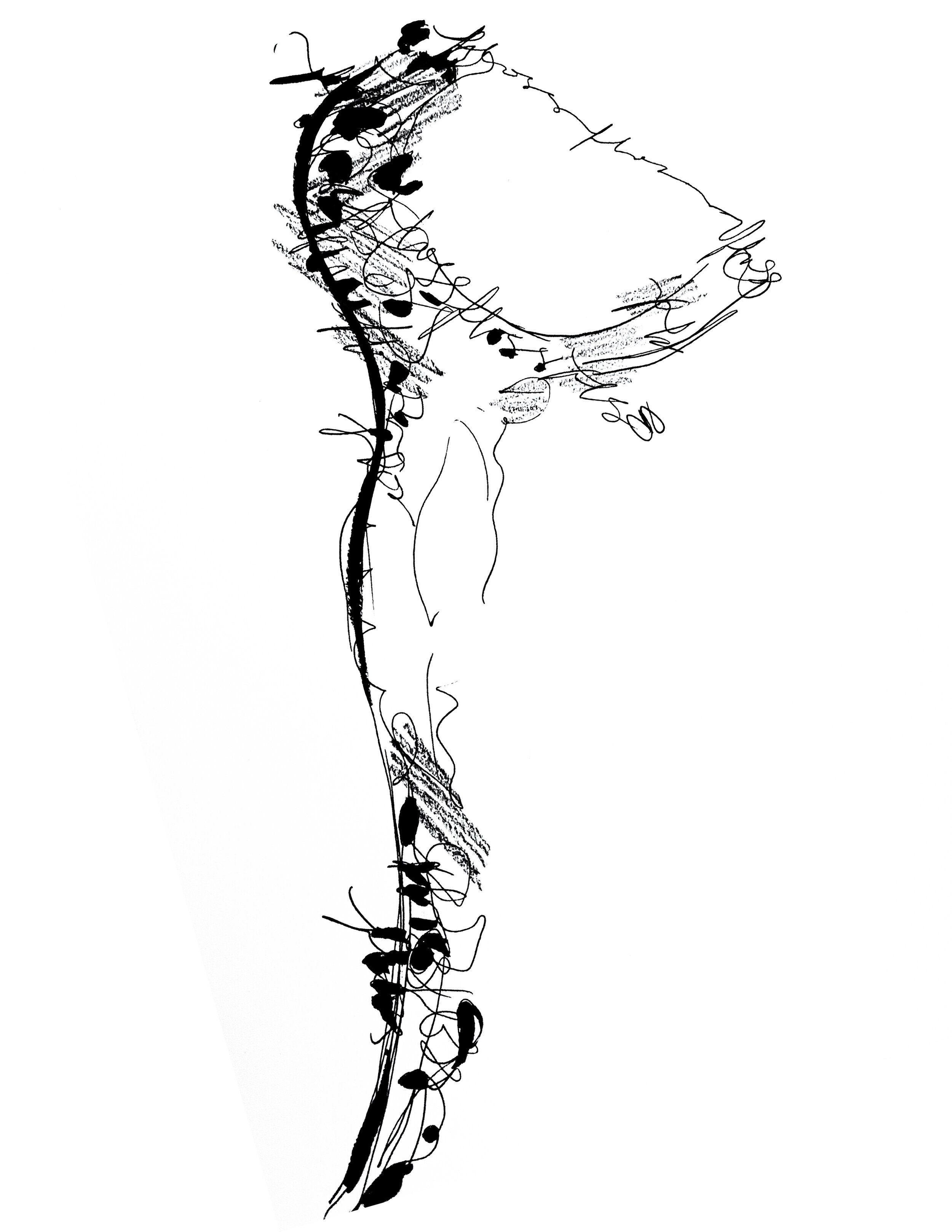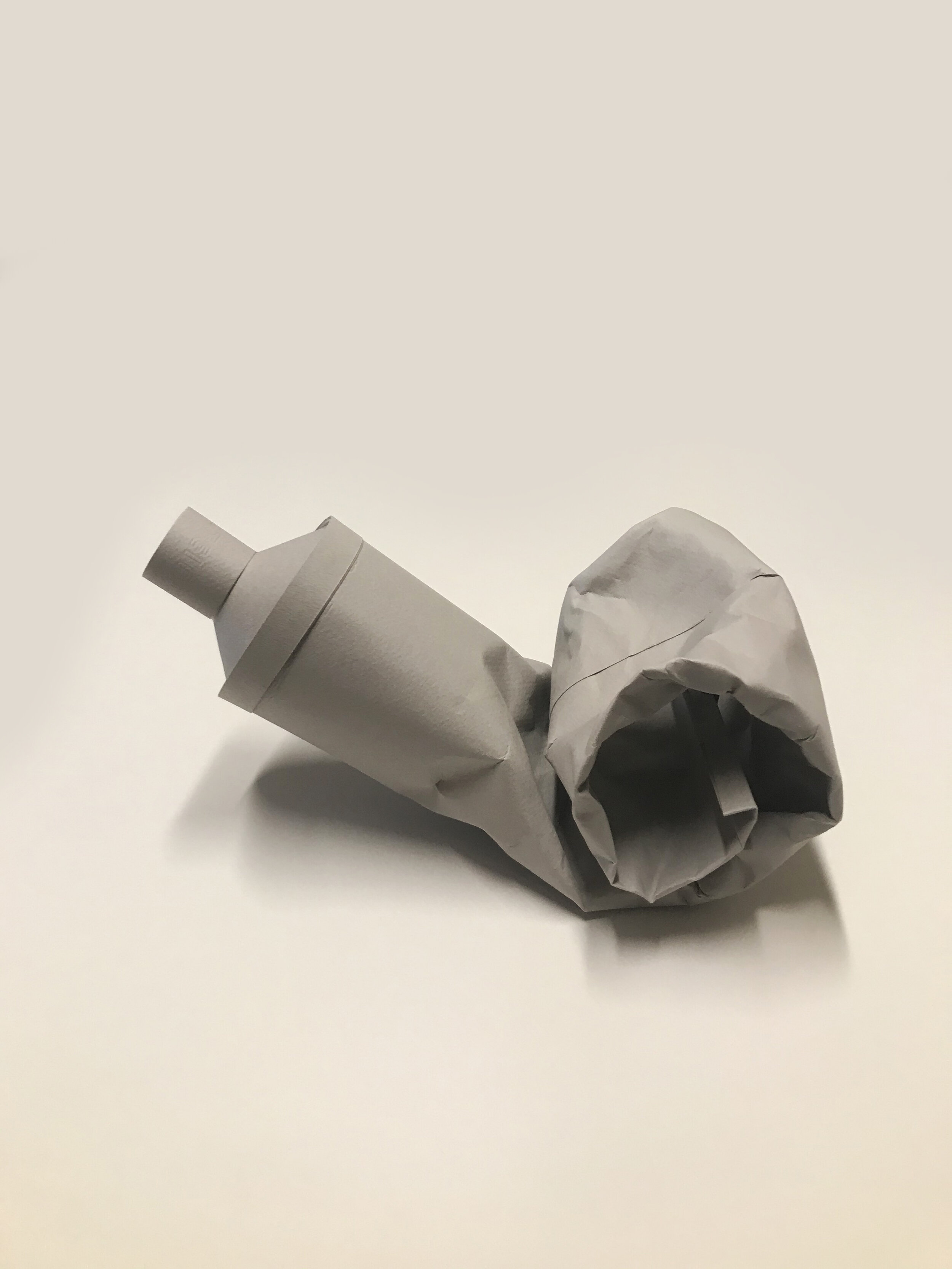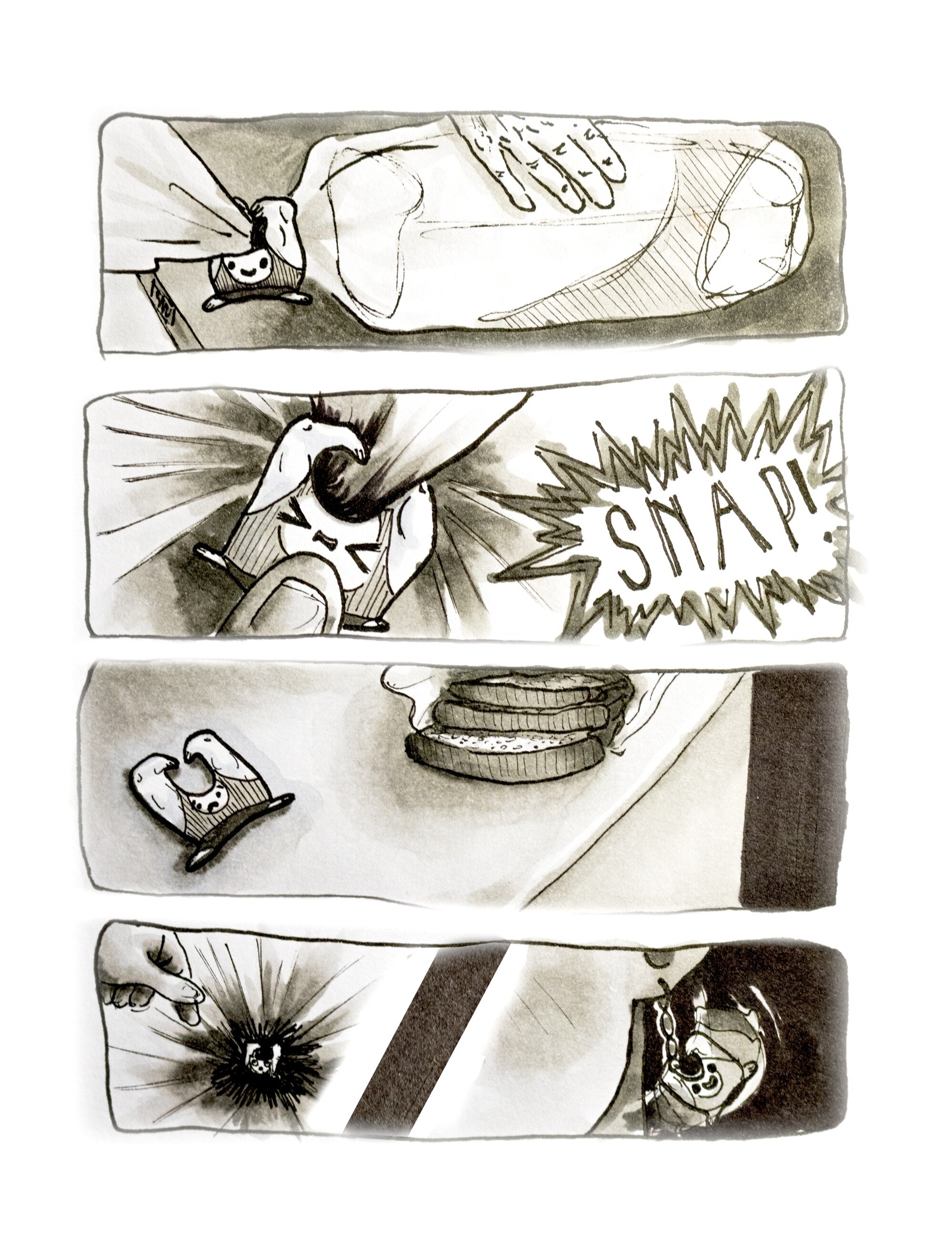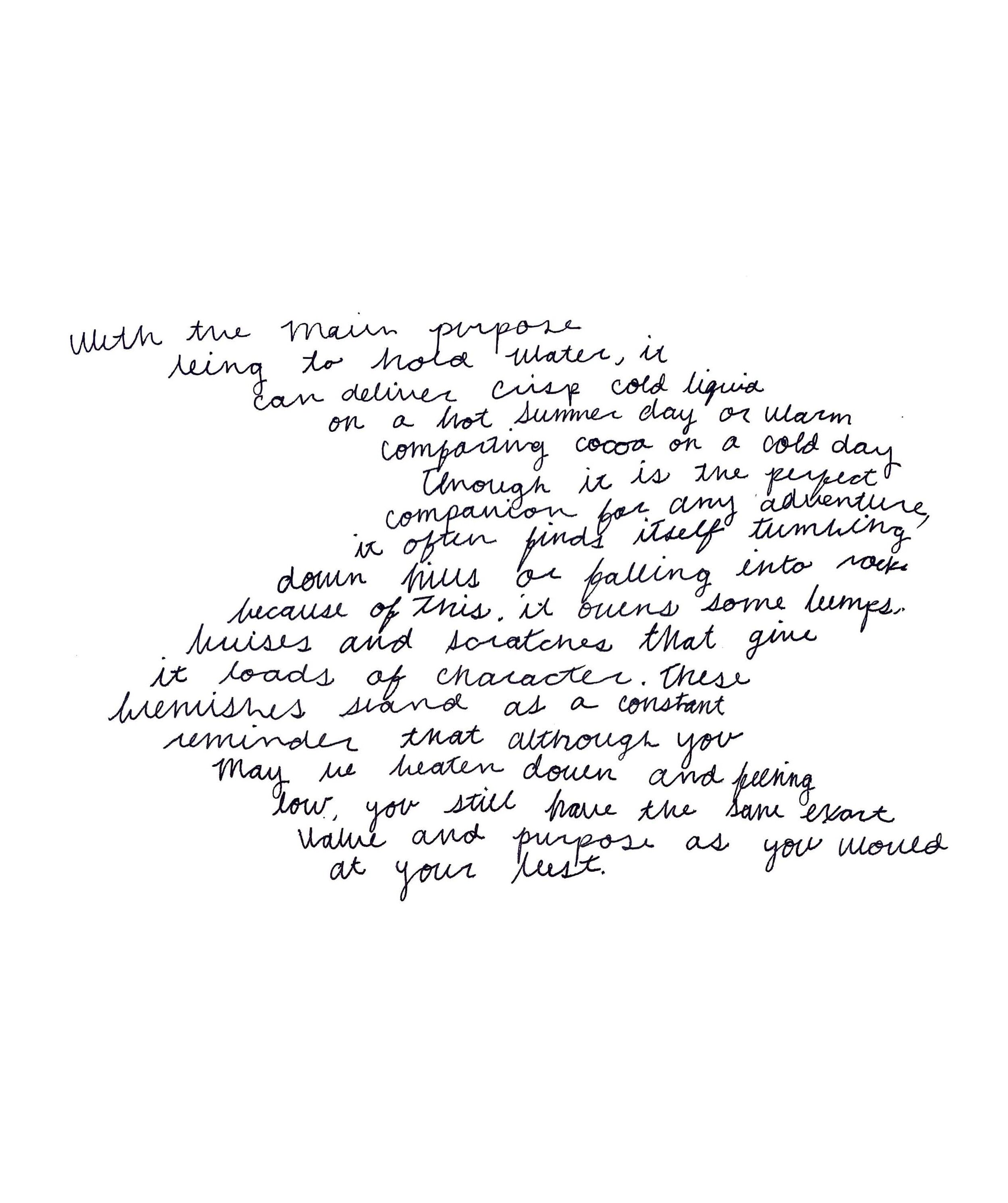Reasonable facsimiles
DES 3510 Design Product Studio 1
Assistant professor steven chodoriwsky | FALL 2020
Design Sophomores in the product studio began the semester exploring their relationships to objects, products or otherwise, through an exercise titled Reasonable Facsimiles. Examining their own personal belongings, each student selected three objects and designed nine facsimiles for each — pushing the boundaries of what is reasonable or recognizable.
Steven Chodoriwsky: We are interested in the difference between an object and an artifact, between a belonging and a possession, between a product and a reproduction, between a tool and a prop. How might we characterize any particular object’s use to us? Is it useful, or not? Do we use it once and then discard it, or do we use it constantly? Has it fallen out of use? Or perhaps we used to use it less? Has it been used so much that it’s as good as useless, in one sense or another? Why would we keep something around, if its use is long past?
This warm-up exercise is about getting comfortable with materials, increasing our response time, and exercising our cognitive muscles. It’s about easing into the term, taking the temperature of our surroundings, and balancing our individual tolerances for precision (on the one hand) and looseness (on the other). We will also make pictures of objects, which in turn results in new, possibly unforeseen objects. What happens when we take something we know and, with the tools, resources, time and space available, try to make a copy of it? What happens to its object-ness, to its use, to its feel, to its posture? In remaking it, does it propose to us proposals for other belongings?
Rid myself of the accumulated errors and untruths. Get to know my resources, make sure of them. The faculty of using my resources well diminishes when their number grows. – Robert Bresson, Notes on Cinematography (1977)
Katya Pogodaeva, Rebecca Liou and Ella Davis, students in Product Studio 1, share their experiences with this exercise.
Design Utah: What was your inital response when presented with this set of design challenges?
Rebecca: Initially this project felt like a sigh of relief in opposition to summer studio projects! This project seemed so playful and explorative in contrast to the rigidity and competitive feel of summer. It also felt like the first project where we were able to inject our personality and begin to explore who we wanted to be as a designer through our own individual process.
Katya: I was overwhelmed at first because of the amount of tasks with the challenge. Coming from the summer studio that required careful curation I though that this project would require similar process so it seemed like a lot of work. Additionally, we had to explore mediums that I’ve never worked in before, which was both intriguing and scary. But I was also excited because it was my first ever project as a student in the Design Program.
Ella: When this exercise was first assigned, I was very overwhelmed by the amount of deliverables that we were required to create. However, once I began to work step by step, that sense of being overwhelmed was replaced with excitement to physically build and create new forms.
Facsimiles designed by Rebecca Liou.
Design Utah: Which facsimile was the most difficult to design?
Rebecca: The most difficult facsimile for me to represent was my house plant. This was actually the first facsimile I attempted and early iterations made of paper and plastic straws just weren’t capturing the plant’s likeness. The plant has lots of veining throughout each leaf and the leaves have a slight wilting look to them so I began to sketch and iterate a way to represent these aspects. The ending resulted in a facsimile constructed of fabric around wire frames with embroidered “veining”. I had never embroidered anything before this project but after research, I thought it would be the best method to achieve the representation I wanted. This facsimile was truly a test for me in perseverance. I considered so many times to just switch to a different object! In the end, I’m proud of myself for sticking to it and seeing it to completion.
Katya: I think I struggled with the first facsimile that I made– the sock. Because it was the first replication of an object that I ever had to make and because I hadn’t received any feedback about the replication process I was struggling with making the facsimile an exact copy of the original object. I had a great idea of modeling the sock on my foot using plastic wrap because I though that the material will gave it agility that other materials won’t. But i ended up with a not very flexible structure that only shared the colors with the original object. I really wanted to focus on the functionality of the object and make sure that the function of the original object is transitioned into the facsimile. It was flexible enough for me to put on but it didn’t have a lot of the attributes that the original object had, which led me to think that I failed. But during my process I realized that for this project, replication does not necessary have to result in an exact copy but in an object that preserves some functions and attributes of an original object.
Ella: The most difficult facsimile for me to create was my succulent, which evidently was the first object that I constructed. The container that the succulent sat in was simple to create, since it was simply made of paper and tin foil. However, the difficult part came when I started to build the plant itself. Ultimately I wanted to convey the delicate nature of this plant, which led me to use an extremely delicate material to create the facsimile - tissue paper. In order to make the plant stand up, I started with making a wire structure that would serve as a skeleton for the plant. Next, I sewed tissue paper together to create a pattern for the leaves, which were then stuffed with the tissue paper scraps to mimic the bulbous nature of the succulent. Finally, I wrapped tissue paper around the wire stem to create the stem of the plant. All of this was an extremely tedious process, which ultimately allowed me to have a greater appreciation for the final product along with the craft of the facsimile itself.
Facsimiles designed by Katya Pogodaeva.
Design Utah: How has this exercise changed your relationship with everyday objects?
Rebecca: I find myself always thinking in the background of my mind, “how could I make a facsimile of this object?” and “what materials could I use?” I think this exercise opened my eyes some to the scope of design. It doesn’t always have to be some grandeur display or product to be well designed. Some of the best inspiration can come from “mundane”, everyday objects.
Katya: During the production process I realized that while I was creating a facsimile I wasn’t just replicating an object, I was creating something completely separate and new. Similarly to Rebecca I started thinking in terms of materials and how by simply changing those I was creating a new object.
Ella: This exercise not only focused on creating facsimiles, but it also brought in the question of scale since we were instructed to either scale our objects up or scale them down. This made me think about how objects in our everyday life would function if they were to be produced at a different scale than they are typically seen as (such as making a plant cage for tomatoes extremely small, as if it could be used for a grouping of basil).
Facsimiles designed by Ella Davis.
Design Utah: Reflect on the critique process, did it alter your perception of the exercise?
Rebecca: Throughout the process, we were assigned into small groups of 4 and those groups carried through to the final presentation. It was a great learning process on collaboration to see each other’s work move through the project like that and find connections across each other’s work.
Katya: When we were presenting our work, we simply gave a rundown of what each image was, and people were able to make their own conclusions about our work. I loved that despite our work being somewhat abstract, people who had never seen our process were able to understand what we were trying to present. It definitely altered my perception of the project, because despite not replicating my objects to make an exact copy people understood what the facsimile represented.
Ella: At the beginning of our review, we were instructed to take a minute and rearrange our work into a new configuration within our groups. This allowed me to see that there can be connections that were initially overlooked between projects and real world objects when viewed in a new light. I think that this can be a valuable skill to remember when you are in the middle of a project trying to find that little hint that will push your work to the next stage in the design process.
Short films featuring light and shadows interacting with the facsimiles.
Design Utah: How did this exercise push your understanding of visual communication?
Rebecca: This exercise pushed how I approach and understand visual communication because of the way we were presenting. Although, having studio and the final presentation all online isn’t ideal, it showed me how we can still communicate ideas effectively through a digital platform. I think you have to work even harder in terms of visual clarity in the digital format. Your work is only being shown through a few photos or in the case of this project, texts and drawings, so you really have to nail it for your intentions and ideas to come through clearly.
Katya: I think it made me aware of many different ways that something can be visualized. By going through a process of replicating our object physically, in ASCII drawing and even in text I realized that you can go beyond just showing you work. During the final review I was interested to see if people from other studios could understand the work I presented. It was great to hear that they had the same thoughts about my work.
Ella: This exercise allowed us to describe our work, rather than just show it, which I believe is a very crucial concept to carry into other exercises so that your work ultimately tells a story rather than just being a showcase. Along with this, I believe that this exercise forced me to be aware of how important it is to have visual continuity within your project in order to clearly convey your thoughts, especially when there are multiple aspects that need to be united.
For the full Reasonable Facsimiles exercise, navigate the digital pin-up here.
